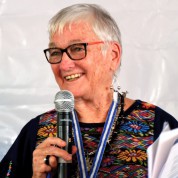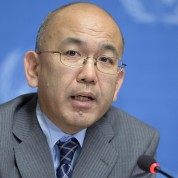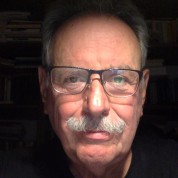WS205
Resistance, Opportunities, and Threats During COVID Pandemic
Contact Person : Hani Serag, haserag@utmb.eduAlmost everywhere in the world, certain groups of people more than others experience severe forms of deprivation and discrimination, violence, abuse and extortion, and even detention and incarceration (including arbitrary arrest) due to their race, ethnicity, religion, gender, age, citizenship status, or sexual orientation. Human mobility has increased significantly during the last two decades, as internally displaced or international migrants seek to escape wars, conflicts, ethnic persecution, political instability, armed violence, extreme poverty, income inequality, and, increasingly, climate change impacts. Many of these drivers of population movement originate in corporate practices (e.g., the continuing international arms trade), government policies (e.g., a proliferation of trade and investment agreements compromising livelihoods), and national and global failures to deal effectively with climate change. Extractivism has led to forced displacement and dispossession of indigenous communities all over the world. Many of those most affected by displacement or forced migration are women and children. Others face discrimination within their own countries and may seek migration or refugee status to avoid violence, including members of LGBTQ+ communities, or those discriminated against based on race, religion, ethnicity, or other minority differences. Aggravation
The COVID-19 pandemic has exacerbated these existing social exclusion and prejudice. People of color, people in lower-income households, indigenous communities, unauthorized migrants (especially those in detention centers), refugees and asylum seekers, and prisoners (including political prisoners) have experienced a higher burden of the pandemic. These vulnerable populations and socially excluded groups were heavily impacted in terms of higher prevalence of infections, higher severity of the disease, compromised access to healthcare services, and higher rates of deaths. Mental health impacts, and increase in gender-based violence and domestic violence have also been seen.
- Identify and describe forms of resistance in terms of enforced extraterritorial obligations, governmental policies, social movements. How may they be supported? What have been the opportunities and threats?
- Identify and discuss policy proposals to address social exclusion at different levels, calling upon the conference participants to adopt.
PANELISTS
Biosketch
Akihiro Seita
Alexis Benos
Hani Serag
Maria Hamlin Zuniga
Sarojini Nadimpally
Vicki Gass
Presentation
Gass_PPT.pdf
Nadimpally_PPT.pdf
Seita_PPT.pdf







